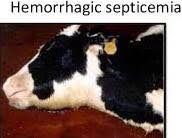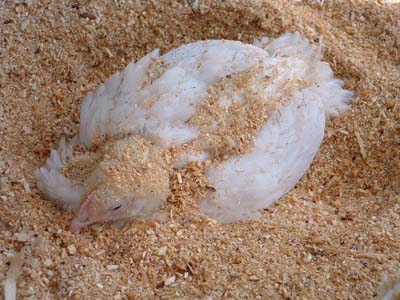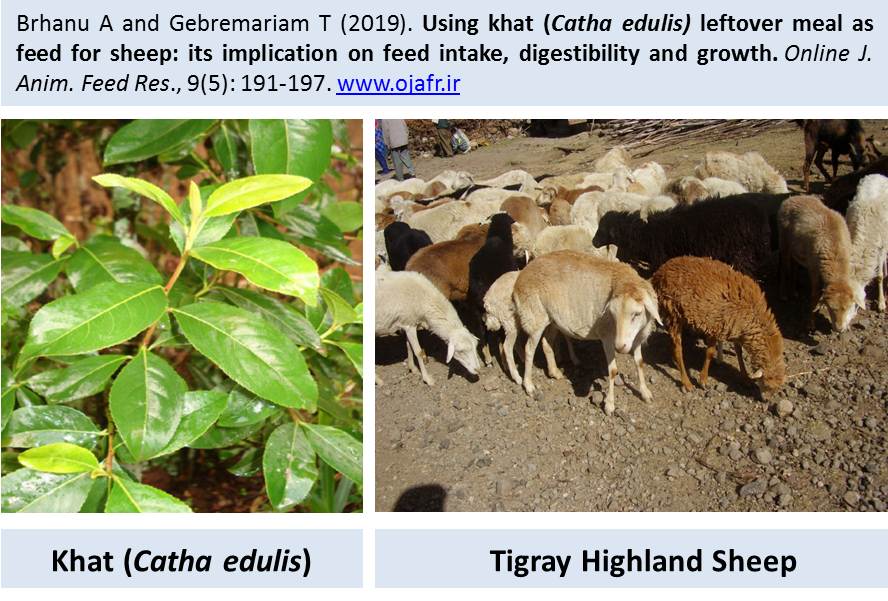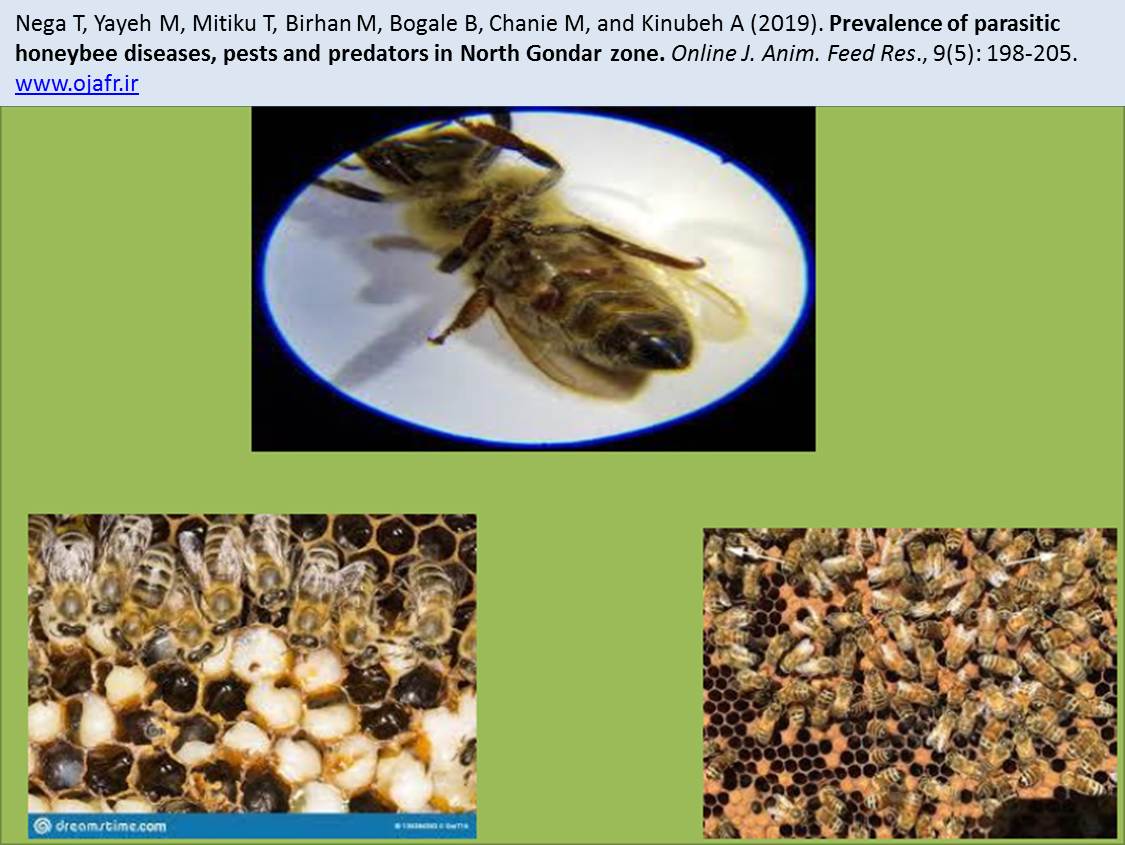Previous issue | Next issue | Archive
Volume 9 (5); September 25, 2019 [Booklet]![]()

Short Communication
Prevalence of hemorrhagic septicemia in cattle and buffaloes in Tandojam, Sindh, Pakistan.
Habib F, Jabbar A, Shahnawaz R, Memon A, Yousaf A, Bilal M, Jamil T, Khalil R and Sharif A.
Online J. Anim. Feed Res., 9(5): 187-190, 2019; pii: S222877011900026-9
DOI: https://dx.doi.org/10.36380/scil.2019.ojafr26
Abstract
The current study was performed to evaluate the prevalence of hemorrhagic septicemia (HS) in cattle and buffaloes in Tandojam Pakistan. The average geometric mean titers (GMT) recorded against HS in diseased buffaloes and cattle were 5.7 and 6.1, respectively. The morbidity, mortality and case fatality rates were 57.58, 52.30 and 90.83% in young buffalo calves; and 3.17, 1.92 and 60.65% in adult buffaloes, respectively. In case of young cattle calves, morbidity, mortality and case fatality rates were 8.63, 5.27 and 61.11%, respectively, while in adult cattle, these values were 4.83, 2.18 and 45.23%, respectively. The present study revealed that the mortality, morbidity and case fatality rates due to HS were greater in young calves than the adults both in buffaloes and cattle. Furthermore, buffaloes were found to be more susceptible to the disease than the cattle.
Keywords: Buffaloes, Cattle, Hemorrhagic septicemia, Prevalence, Tandojam
[Full text-PDF]
Using khat (Catha edulis) leftover meal as feed for sheep: its implication on feed intake, digestibility and growth.
Brhanu A and Gebremariam T.
Online J. Anim. Feed Res., 9(5): 191-197, 2019; pii: S222877011900027-9
DOI: https://dx.doi.org/10.36380/scil.2019.ojafr27
Abstract
Ninety days feeding trial was conducted with the aim to evaluate the impact of replacing concentrate mix with dried khat (Catha edulis) leftover meal on feed intake, body weight change and digestibility of Tigray Highland sheep fed a basal diet of mixed grass hay. The trial was carried out using 24 lambs (17.8±1.08 kg) with six blocks and four treatments in a randomized complete block design (RCBD). Concentrates mix was substituted with khat leftover meal at a ratio of 0% (T1), 15% (T2), 30% (T3) and 45% (T4) on DM basis. The dietary rations were formulated in iso-nitrogenous to meet the nutrient requirements of lambs. Data was analyzed by analyses of variance (ANOVA) using the General Linear Model (GLM) procedures of SAS (2008). Treatment means comparison was done using Tukey’s HSD test at P< 0.05. Dried khat leftover meal had moderate crude protein (12.3%) and less NDF value (31.9%). Substituted concentrates mix with 15% khat leftover meal had better impact (P< 0.001) on lamb’s total DM, OM, ME, ADL and ADF intake compared to the lambs dietary T3 and T4. Daily weight gain and feed conversion efficiency were significant (P< 0.001) till substituted concentrates mix with 30% khat leftover meal. Diet digestibility showed reducing as inclusion level of khat meal increased across treatment. It is concluded that khat leftover meal can be utilized up to 30% without deleterious effect on animal performance and health.
Keywords: Body Weight, Digestibility, Feed Intake, Khat Leftover.
[Full text-PDF]
Prevalence of parasitic honeybee diseases, pests and predators in North Gondar zone.
Nega T, Yayeh M, Mitiku T, Birhan M, Bogale B, Chanie M, and Kinubeh A.
Online J. Anim. Feed Res., 9(5): 198-205, 2019; pii: S2228770119000028-9
DOI: https://dx.doi.org/10.36380/scil.2019.ojafr28
Abstract
A cross-sectional study was conducted on parasitic honeybee diseases, pests and predators Lay armachiho and Tach armachiho districts of North Gondar zone from October 2017 to May 2018. The objectives of this study were to assess the different parasitic honeybee diseases, pests and predators. The study mainly involves with the collection of adult honeybee abdominal suspension of wet mount for nosema and amoeba diseases and direct observation of varroa mite and bee louse from adult honey bee and brood cells. Questioner survey was used to know different honeybee pests, predators and agrochemicals in the study area. The SPSS version 20 was used for chi-square test and p-value < 0.05 was taken as statistical significant. During the study period a total of 384 honey bee sample in traditional, modern and transitional hives were examined. The overall prevalence 24.47% (94/384) of hives were found positive for Nosema apis, 17.2% (66/384) foramoeba (malphighamoeba mellificae), 30.5% (117/384) for varroa destructor and 37.5% (144/384) for bee louse (braula cocae). Bee louse was the predominant external parasitic disease in adult honeybees followed by varroa destructor. There was statistically significant variation between Nosema Apis and bee louse observed among the two selected districts and hive types (x2= 23.5, p-value= 0.0001) for bee louse and (x2= 5.3, p-value= 0.071) for Nosema Apis. About the 100 respondents are 46%, 42%, 39%, 35%, 28%, small hive beetle 26% and spider 24% were complaining on the impact of wax moth, chemical spray, skunk, birds, small hive beetle and spiders respectively. They have also responded that pests play a major role on the production loss, damaging of honey bee colony and absconding of the colony. In conclusion, the highest prevalence parasitic honeybee diseases and pests were recorded in the study areas that signify the occurrence of the parasitic burden has to be carried out and immediate intervention was implemented.
Keywords: Honeybees, Parasites, Pests, Traditional And Modern
[Full text-PDF]
 Research Paper
Research Paper
The effects of different litter material on broiler performance and feet health.
Kuleile N, Metsing I, Tjala C, Jobo T and Phororo M.
Online J. Anim. Feed Res., 9(5): 206-211, 2019; pii: S222877011800029-9
DOI: https://dx.doi.org/10.36380/scil.2019.ojafr29
Abstract
A The study was implemented at the National University of Lesotho with the aim to find a potential litter material for use in broiler production. The study followed a completely randomized design with four litter treatments replicated three times. A well ventilated house divided into 12 pans was used where each pan or a replicate contain 15 birds with a total of (n=180) birds. Feeding and watering were done on ad libitum basis while the normal routine for broiler production was followed. Litter treatments were made up of control represented by wood shaving and it was compared to dried pine leaves, decomposed kraal manure and sand. All litter materials were applied at the depth of 10 cm. Data was collected on the following parameters broiler production, feet health and chemical and physical properties. Litter material treatment had no significant influence on feed intake, body weight, body weight gain, and feed conversion ratio and mortality rate. Regarding broiler feet health litter treatment had significant influence on foot pad dermatitis while hock burns and broiler temperature were not statistically different amongst litter treatments. Litter evaluation results revealed that different litter sources were differing significantly in terms ammonia emissions, water holding capacity. pH and bulk density while litter temperature did not differ significantly between litter treatments. It was concluded that both dried pine leave and decomposed kraal manure are potential sources that could replace wood shavings in broiler production. Dried pine leaves ideal for improved production while decomposed kraal manure deemed fit for ensure good feet health. It is therefore recommended that farmers in Lesotho can use both decomposed kraal manure and dried pine leaves to replace wood shavings.
Keywords: Feet health, Kraal manure, Lesotho, Litter material, Wood shaving.
[Full text-PDF]
Previous issue | Next issue | Archive![]()
| < Prev | Next > |
|---|




